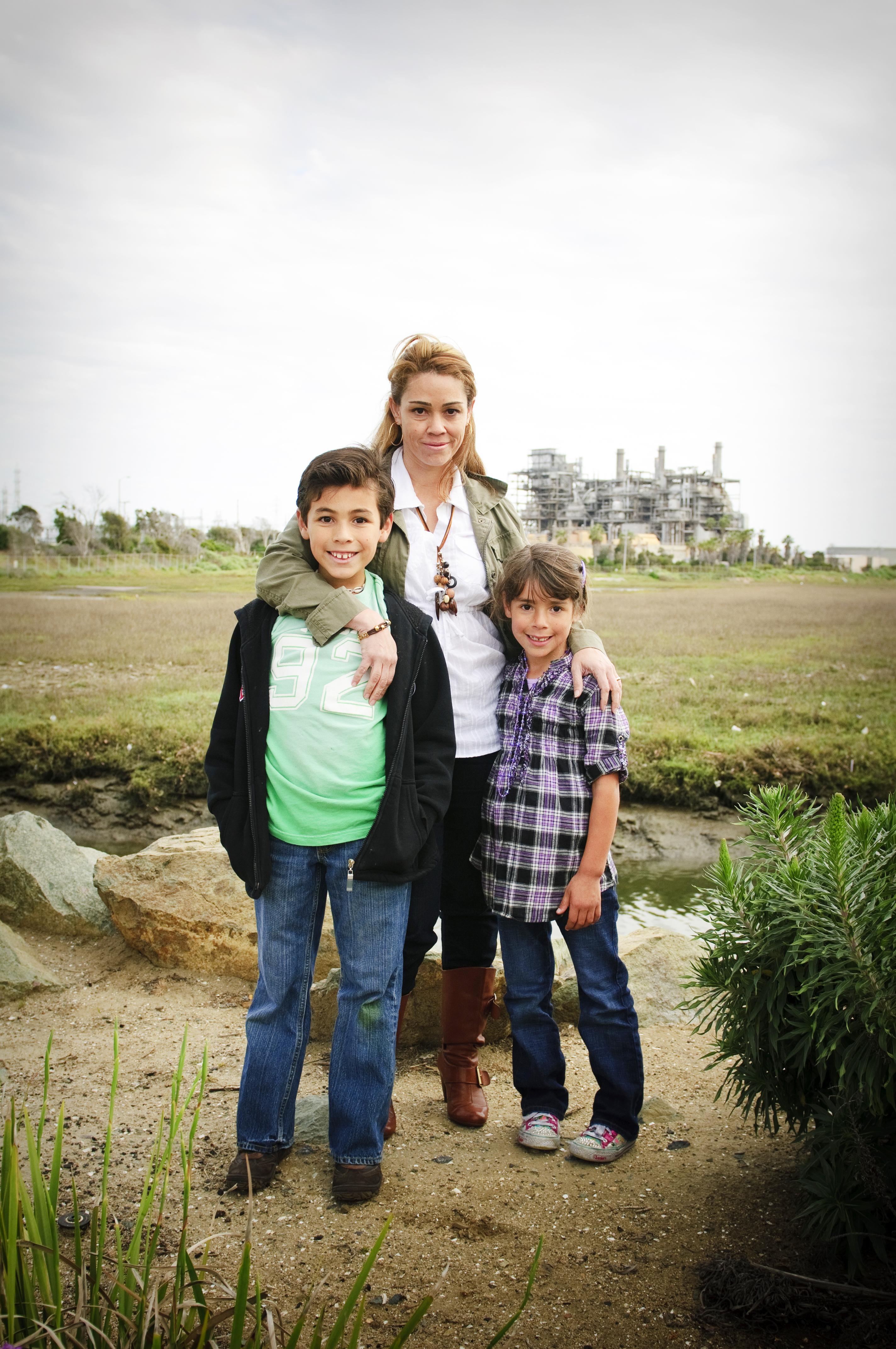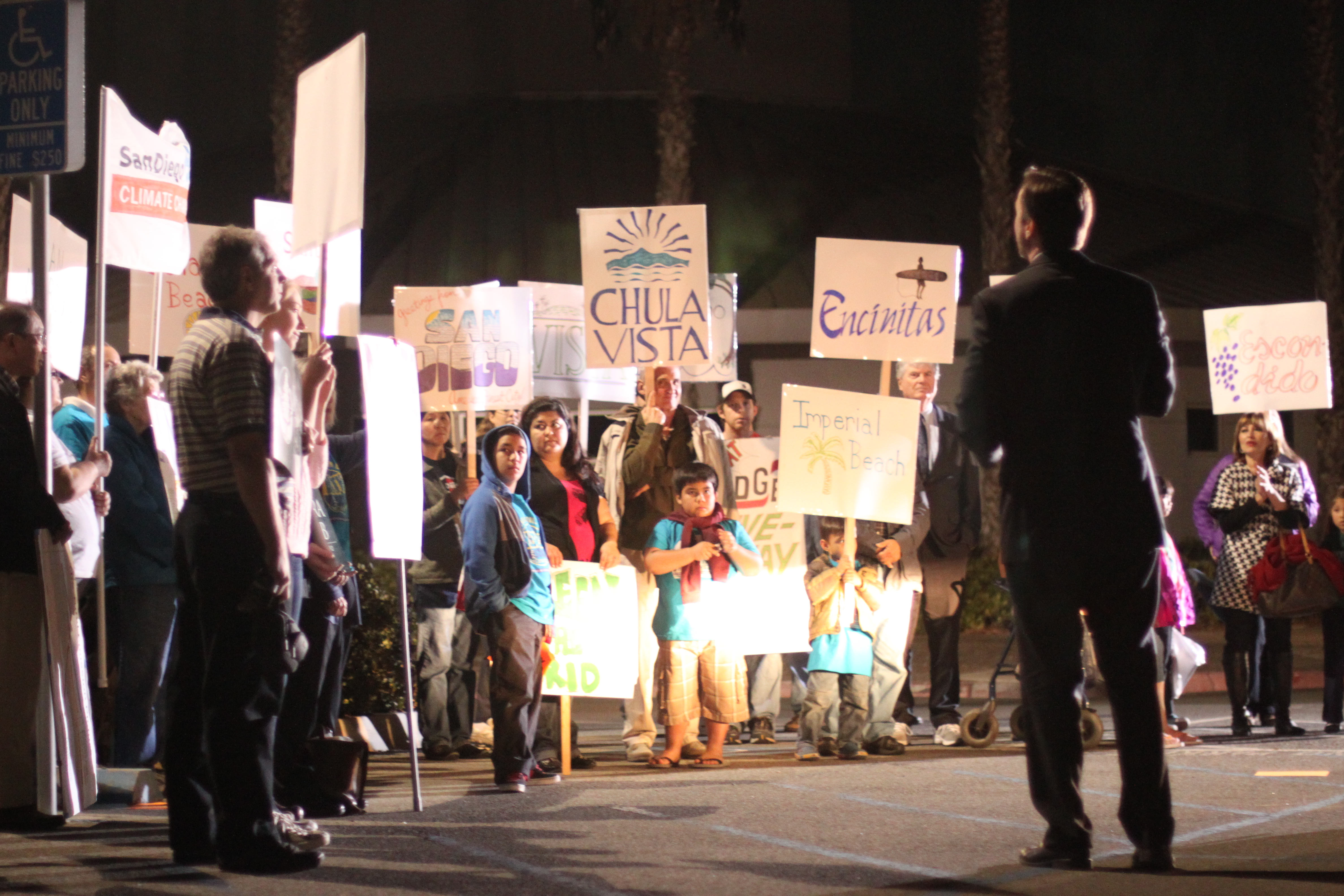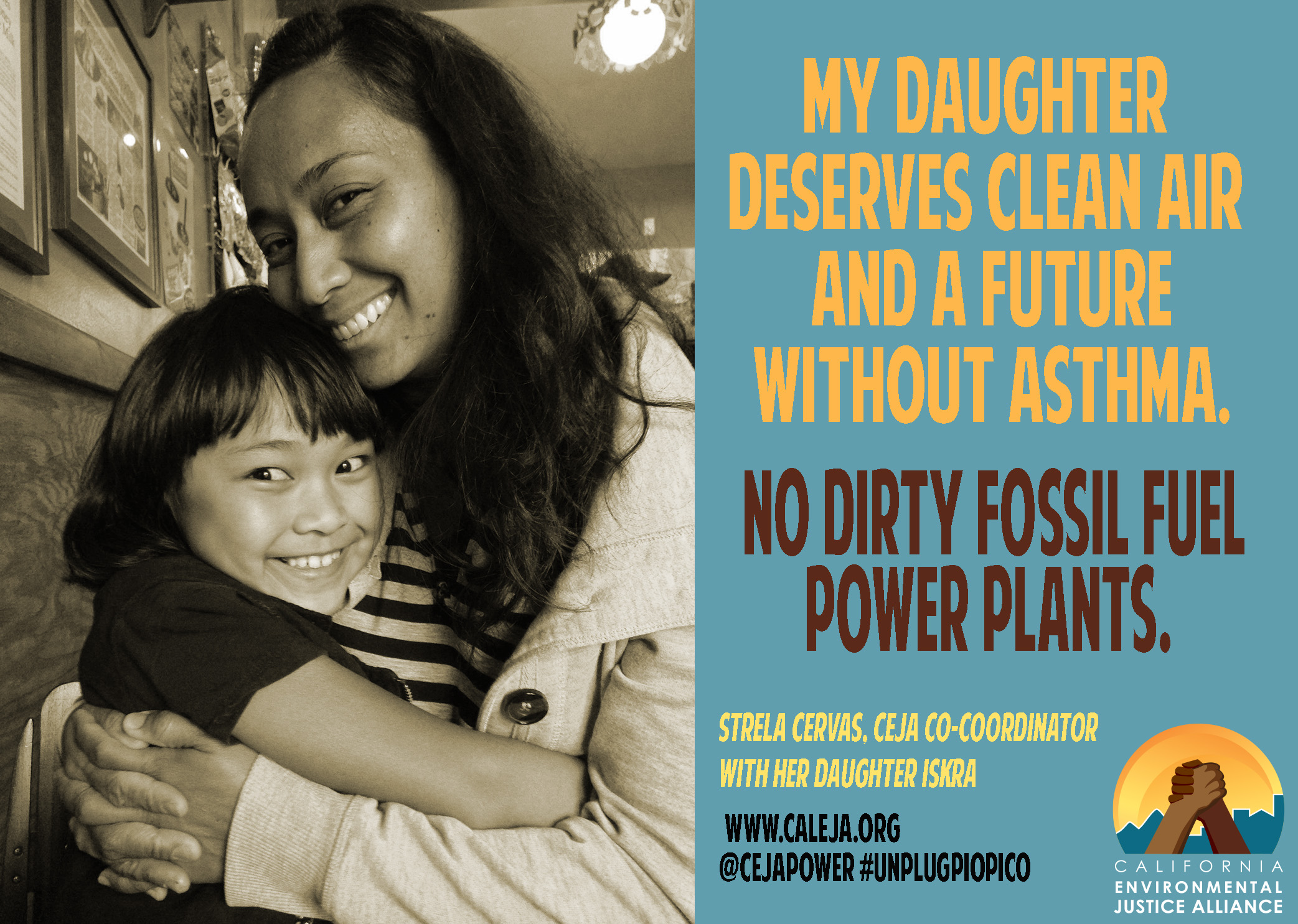We all have questions about climate change, especially regarding what's happening here in San Diego. Well you asked, and we deliver. Below we chat with EHC Policy Advocate Kayla Race on what causes climate change in San Diego, the implications it will have on our lives and what we can do to keep it from getting worse.

What are global warming and climate change?
Global warming is the recent and ongoing increase in global average temperature, causing climate patterns around the world to change. Global warming represents just one aspect of climate change, which refers to significant changes in climate that occur over several decades or longer. (back to top)
What causes global warming and climate change?
Global warming and climate change are caused mostly by increasing concentrations of greenhouse gases—such as carbon dioxide, methane, nitrous oxide and certain synthetic chemicals—in the atmosphere. Greenhouse gases trap heat in our atmosphere and make the planet warmer, hence the term "global warming."
Over the past 200 years, concentrations of greenhouse gases in our atmosphere have increased significantly and at an alarming rate, mostly due to human activities like burning fossil fuels to produce energy and power cars and trucks, industrial processes, some agricultural practices and deforestation. Although greenhouse gases are naturally occurring, the unnaturally large increase that has occurred over a relatively short period of time in history will result in dangerous impacts to human health, safety and ecosystems. (back to top)
How will San Diegans be affected?
Although it is difficult to predict the exact impacts of climate change in San Diego, it is clear that the climate to which we are accustomed is no longer a reliable guide for what to expect in the future, and we should prepare for threats to our infrastructure, our safety, our economy, and our health.
In fact, the California Department of Public Health and the American Public Health Association have identified climate change as one of the most serious public health threats facing our nation, warning that the impacts are occurring sooner than expected.
Some impacts San Diegans are likely to see are:
- More frequent, intense, and prolonged heat waves and impair air quality, which puts public health at risk
- Dwindling freshwater supplies and increased water costs
- More frequent and intense wildfires
- More frequent and intense storms
- Potential disruptions in electricity
- Stress on our agricultural industry and resulting rising food prices
- Native plant and animal species emigrating from the region or reduce populations
- Rising sea levels that threaten communities and businesses near our coastline
(More about climate change impacts in the Southwestern U.S.)
Will some communities be impacted more than others?

Yes. Low-income communities of color such as Barrio Logan, Sherman Heights, City Heights and National City will be hit first and worst by the impacts of climate change. These neighborhoods already suffer the health consequences of the region's pollution and they lack community resources such as healthcare, air conditioning, urban parks and tree canopy and transportation, making it challenging to cope with worsening conditions.
We have actually already seen climate change disproportionately impact disadvantaged communities. During California's heat wave of 2006, 99 percent of the associated deaths occurred in zip codes where more than half of residents were below the poverty line. (back to top)
The City of San Diego is in the process of developing a climate action plan for reducing the pollution that causes climate change, and preparing residents, businesses, and our natural resources for the impacts of climate change. The Port of San Diego adopted a Climate Action Plan in 2013 and is working to implement the plan now.
Stay tuned for more updates on the City and Port of San Diego's Climate Plan progress. (back to top)
Yes! Do you want the good news or bad news first?
The bad news is carbon dioxide can stay in the atmosphere for nearly a century, meaning Earth will continue to warm in the coming decades. So the choices we make today--from how we use and produce energy, to how we travel, to the food and goods we purchase-- all affect the amount of greenhouse gases that stay in our atmosphere for years to come.
The good news is, San Diego can reduce its risk if we act now to reduce greenhouse gas pollution and properly prepare for changes that are already underway!
We have many solutions within our grasp to reduce pollution and secure a healthier future for our planet.
- We can install solar panels on our rooftops and in our parking lots to reduce our reliance on dirty energy while creating local jobs at the same time.
- We can make our buildings more energy and water efficient, build better transit and make neighborhoods more walkable and bikeable, resulting in fewer car emissions.
- Reduce your daily impact on climate change at home and at work with small changes to daily habits -- like turning off lights and electronics and taking shorter showers.
- Get the News and Alerts to Take Action: Subscribe to our email newsletter for all our upcoming opportunities to attend a public meeting or send a letter to tell City Council and Port Commissioners you want an enforceable plan that will improve our air quality and make our communities more resilient against climate change
- Follow us on Facebook and Twitter to stay in the know with energy news and upcoming advocacy opportunities
- Donate to EHC to help us continue our work promoting climate action solutions
- Reduce energy and water use in your home by following these tips



 I'm already concerned about the current high levels of air pollution—some of the worst in the state— and the health problems that pollution brings to my community. If approved, Pio Pico would add even more pollution— the same amount as 170,000 cars- each year for 25 years. That could have a negative impact on the health of our children and make
I'm already concerned about the current high levels of air pollution—some of the worst in the state— and the health problems that pollution brings to my community. If approved, Pio Pico would add even more pollution— the same amount as 170,000 cars- each year for 25 years. That could have a negative impact on the health of our children and make  The plan is so significant because it charts a course of action to lower the Port's greenhouse gas emissions-- the pollution responsible for causing climate change -- and sets an example for the rest of San Diego. Climate change and pollution from the Port both have huge health impacts on the region, especially neighboring low-income communities of color. With its location along the waterfront, as a center and facilitator of global goods shipping and a home to a mix of heavy, polluting industries as well as waterfront tourism businesses, the Port stands as a cause of climate change as well as a future victim.
The plan is so significant because it charts a course of action to lower the Port's greenhouse gas emissions-- the pollution responsible for causing climate change -- and sets an example for the rest of San Diego. Climate change and pollution from the Port both have huge health impacts on the region, especially neighboring low-income communities of color. With its location along the waterfront, as a center and facilitator of global goods shipping and a home to a mix of heavy, polluting industries as well as waterfront tourism businesses, the Port stands as a cause of climate change as well as a future victim. The chemicals produced from Pio Pico, known as "particulate matter" are directly linked to respiratory illnesses, such as asthma. Over time, residents may experience school absences, lost work days, hospital admissions, asthma diagnoses and in some severe cases, even death.
The chemicals produced from Pio Pico, known as "particulate matter" are directly linked to respiratory illnesses, such as asthma. Over time, residents may experience school absences, lost work days, hospital admissions, asthma diagnoses and in some severe cases, even death.
